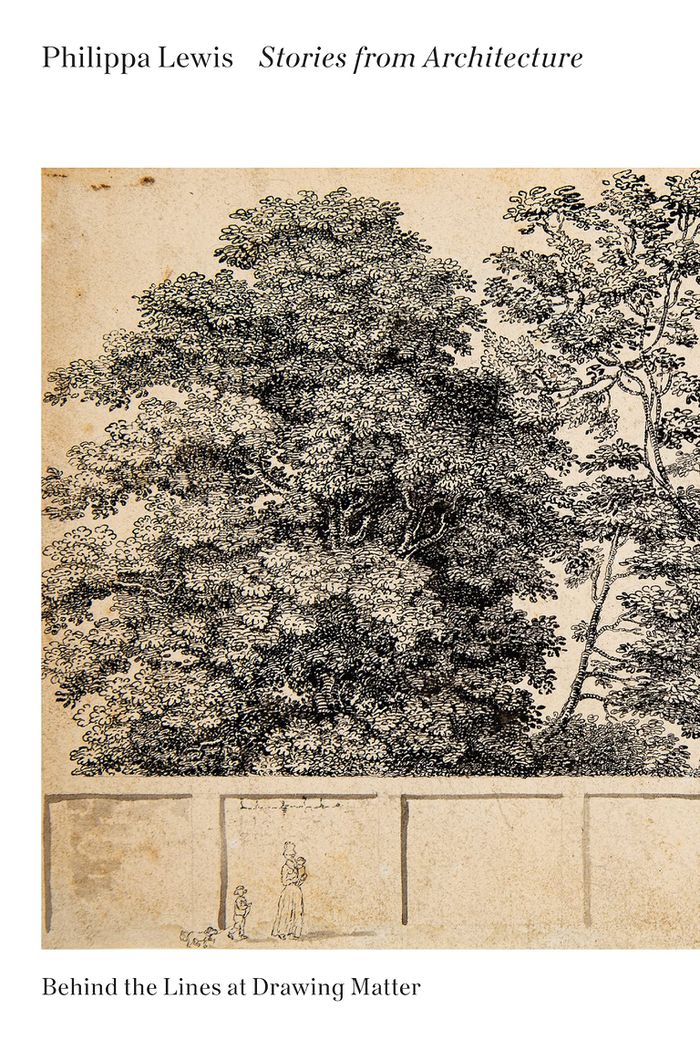livres
Description:
141 pages : illustrations (chiefly color) ; 22 cm
New York : No place Press, [2019], Cambridge, Massachusetts : MIT Press, [2019], ©2019
For want of a nail / Amy Franceschini & Michael Swaine, Futurefarmers.
Actions:
Exemplaires:
Description:
141 pages : illustrations (chiefly color) ; 22 cm
livres
New York : No place Press, [2019], Cambridge, Massachusetts : MIT Press, [2019], ©2019
livres
Description:
72 pages : chiefly illustrations (some color) ; 23 cm.
New York : Monacelli Press : Distributed by Penguin USA, 1996.
Zumikon Residence : Gwathmey Siegel / introduction by Charles Gwathmey.
Actions:
Exemplaires:
Description:
72 pages : chiefly illustrations (some color) ; 23 cm.
livres
New York : Monacelli Press : Distributed by Penguin USA, 1996.
livres
Description:
xxiii, 270 pages ; 25 cm.
Cambridge, Massachusetts : The MIT Press, [2013]
Spam : a shadow history of the Internet / Finn Brunton.
Actions:
Exemplaires:
Description:
xxiii, 270 pages ; 25 cm.
livres
Cambridge, Massachusetts : The MIT Press, [2013]
$45.95
(disponible sur commande)
Résumé:
Even when an architectural drawing does not show any human figures, we can imagine many different characters just off the page: architects, artists, onlookers, clients, builders, developers, philanthropists—working, observing, admiring, arguing. In ''Stories from architecture,'' Philippa Lewis captures some of these personalities through reminiscences, anecdotes,(...)
Stories from architecture: Behind the lines at Drawing Matter
Actions:
Prix:
$45.95
(disponible sur commande)
Résumé:
Even when an architectural drawing does not show any human figures, we can imagine many different characters just off the page: architects, artists, onlookers, clients, builders, developers, philanthropists—working, observing, admiring, arguing. In ''Stories from architecture,'' Philippa Lewis captures some of these personalities through reminiscences, anecdotes, conversations, letters, and monologues that collectively offer the imagined histories of twenty-five architectural drawings. Some of these untold stories are factual, like Frank Lloyd Wright’s correspondence with a Wisconsin librarian regarding her $5,000 dream home, or letters written by the English architect John Nash to his irascible aristocratic client. Others recount a fictional, if credible, scenario by placing these drawings—and with them their characters—into their immediate social context. For instance, the dilemmas facing a Regency couple who are considering a move to a suburban villa; a request from the office of Richard Neutra for an assistant to measure Josef von Sternberg’s Rolls-Royce so that the director’s beloved vehicle might fit into the garage being designed by his architect; a teenager dreaming of a life away from parental supervision by gazing at a gadget-filled bachelor pad in Playboy magazine; even a policeman recording the ground plans of the house of a murder scene. The drawings, reproduced in color, are all sourced from the Drawing Matter collection in Somerset, UK, and are fascinating objects in themselves; but Lewis shifts our attention beyond the image to other possible histories that linger, invisible, beyond the page, and in the process animates not just a series of archival documents but the writing of architectural history.
Théorie de l’architecture
